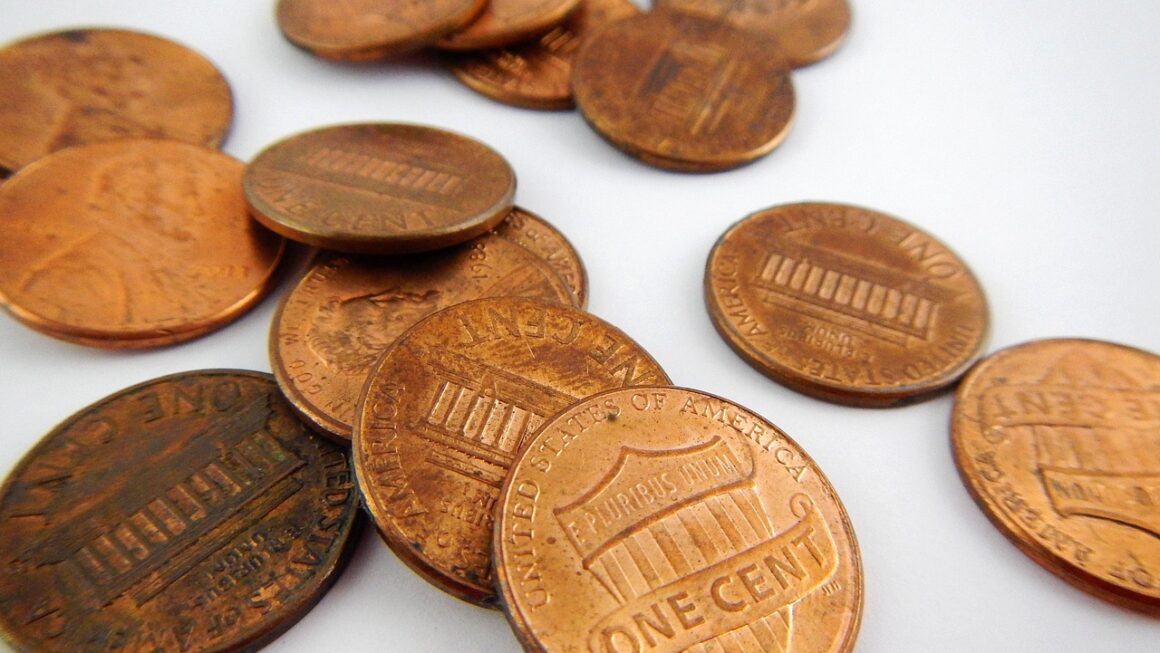Paying with plastic offers convenience and rewards, but navigating the world of credit cards can feel overwhelming. From choosing the right card to maximizing rewards and avoiding debt, there’s a lot to consider. This guide provides essential credit card tips to help you make smart financial decisions, build good credit, and reap the benefits of responsible credit card usage.
Choosing the Right Credit Card
Selecting the appropriate credit card is the first crucial step. Not all cards are created equal, and the ideal choice depends on your spending habits, financial goals, and creditworthiness.
Understand Your Credit Score
- Check your credit report: Before applying for any credit card, obtain a copy of your credit report from each of the three major credit bureaus (Equifax, Experian, and TransUnion) through AnnualCreditReport.com.
- Know your score range: Understand where your score falls within the credit score ranges (e.g., poor, fair, good, excellent). This will determine the types of cards you are likely to be approved for.
- Improve your score: If your score isn’t where you want it to be, work on improving it before applying for a card with better rewards and lower interest rates. Paying bills on time, reducing your credit utilization ratio, and disputing errors on your report are all effective strategies.
Example: If you have late payments on your credit report, focus on making all payments on time for at least six months before applying for a new card.
Evaluate Card Options Based on Your Spending
- Cash back rewards: If you prefer straightforward rewards, consider a cash back credit card. These cards typically offer a percentage of your spending back as cash, either as a statement credit or a direct deposit.
Example: A card offering 2% cash back on all purchases can be a great option if you want simplicity.
- Travel rewards: If you are a frequent traveler, look for a travel rewards card that offers points or miles that can be redeemed for flights, hotels, and other travel expenses.
Example: A card that earns 3x points on travel and dining purchases can help you accumulate rewards quickly for your next vacation.
- Specific retailer cards: If you frequently shop at a particular store, a retailer-specific credit card might offer benefits like discounts, exclusive promotions, or early access to sales.
Example: A department store card offering 10% off your first purchase and ongoing rewards on store purchases.
- Balance transfer cards: If you have high-interest debt on other credit cards, a balance transfer card with a 0% introductory APR can save you money on interest charges.
Consider Fees and APR
- Annual fees: Some credit cards charge an annual fee, which can range from a few dollars to several hundred dollars. Evaluate whether the benefits of the card outweigh the cost of the fee.
Example: A premium travel rewards card might charge a $95 annual fee, but the travel credits and bonus rewards could easily offset the cost for frequent travelers.
- Interest rates (APR): The annual percentage rate (APR) is the interest rate you’ll be charged on any outstanding balance. Choose a card with a low APR, especially if you tend to carry a balance.
Example: If you frequently carry a balance, opt for a card with an APR under 15% to minimize interest charges.
- Other fees: Be aware of other potential fees, such as late payment fees, over-the-limit fees, and foreign transaction fees.
Maximizing Credit Card Rewards
Once you have the right card, maximizing the rewards it offers can significantly enhance its value.
Understand Your Card’s Reward Structure
- Bonus categories: Many credit cards offer bonus rewards for spending in specific categories, such as groceries, gas, dining, or travel. Understand which categories your card offers bonuses in and plan your spending accordingly.
Example: If your card offers 5% cash back on grocery purchases during the first quarter of the year, prioritize grocery shopping during that period.
- Reward tiers: Some cards have tiered reward structures, where you earn different amounts of rewards based on your spending level.
Example: A card that earns 1 point per dollar spent up to $5,000 and 1.5 points per dollar spent beyond that amount.
Utilize Sign-Up Bonuses
- Meeting spending requirements: Many credit cards offer a substantial sign-up bonus if you spend a certain amount within a specified time frame (e.g., $3,000 in the first three months). Make sure you can comfortably meet the spending requirement without overspending.
Example: If the bonus is 50,000 points after spending $4,000 in three months, plan your purchases carefully to reach the target without impulse buying.
- Strategic spending: Consider making larger purchases or paying for expenses you would normally pay for in cash with your new credit card to meet the spending requirement quickly.
Redeem Rewards Strategically
- Redemption options: Understand the different ways you can redeem your rewards, such as for cash back, statement credits, gift cards, travel, or merchandise.
- Value optimization: Compare the value of each redemption option and choose the one that offers the best return for your rewards.
Example: Redeeming travel rewards for flights or hotels can often provide a higher value than redeeming them for cash back.
Using Credit Cards Responsibly
Responsible credit card use is essential for building good credit and avoiding debt.
Pay Your Bills on Time
- Payment history: Payment history is the most significant factor in your credit score. Always pay your credit card bills on time, even if it’s just the minimum payment.
- Set up automatic payments: To avoid missing payments, set up automatic payments from your bank account.
- Payment due dates: Keep track of your payment due dates and make sure you have sufficient funds in your account to cover the payments.
Keep Your Credit Utilization Low
- Credit utilization ratio: Your credit utilization ratio is the amount of credit you’re using compared to your total available credit. Aim to keep your credit utilization below 30% to avoid negatively impacting your credit score.
* Example: If you have a credit card with a $10,000 limit, try to keep your balance below $3,000.
- Multiple cards: If you have multiple credit cards, spread your spending across them to keep the utilization ratio low on each card.
Avoid Maxing Out Your Credit Cards
- Negative impact: Maxing out your credit cards can severely damage your credit score and increase your interest charges.
- Responsible spending: Avoid overspending and only charge what you can afford to pay back in full each month.
Monitor Your Credit Report Regularly
- Accuracy: Regularly check your credit report for errors or signs of fraud.
- Fraud prevention: Report any suspicious activity or unauthorized charges to your credit card issuer immediately.
Protecting Yourself from Credit Card Fraud
Credit card fraud is a growing concern, and it’s important to take steps to protect yourself.
Be Cautious Online
- Secure websites: Only enter your credit card information on secure websites with “https” in the URL and a padlock icon in the address bar.
- Strong passwords: Use strong, unique passwords for your online accounts and avoid using the same password for multiple sites.
- Avoid suspicious emails: Be wary of phishing emails that ask for your credit card information or personal details.
Monitor Your Transactions
- Regularly review statements: Regularly review your credit card statements for any unauthorized charges or suspicious activity.
- Set up alerts: Set up transaction alerts from your credit card issuer to be notified of any unusual purchases or account activity.
Secure Your Physical Card
- Keep your card safe: Keep your credit card in a secure place and avoid sharing your card information with others.
- Report lost or stolen cards: If your credit card is lost or stolen, report it to your credit card issuer immediately.
Conclusion
Mastering credit card usage requires knowledge, discipline, and a proactive approach. By understanding your credit score, choosing the right card, maximizing rewards, using credit responsibly, and protecting yourself from fraud, you can leverage credit cards to achieve your financial goals and build a strong financial future. Remember to regularly review your credit card strategy and adjust it as needed to align with your evolving needs and financial situation.




